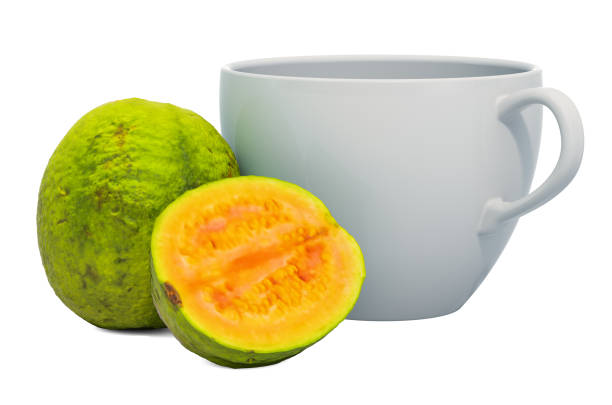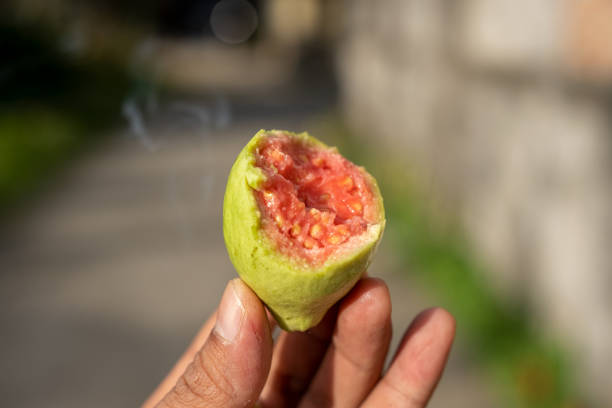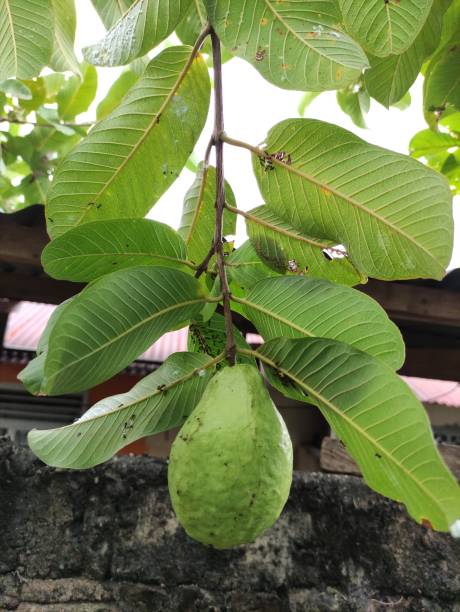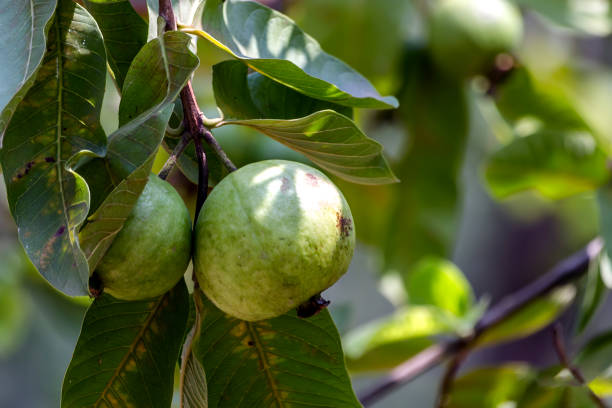Mapera is the local name many East Africans use for guava and pairing it with a hot cup of tea is a household ritual across many towns and villages. What starts as a simple comfort habit actually packs a surprising mix of nutrients and plant compounds that work together in ways worth understanding. This article explains what mapera brings to the table, what tea contributes, how the two interact, and practical, science based ways to enjoy them so you get the health upside without the pitfalls.


A single guava is a micro powerhouse. It contains more vitamin C per serving than many common fruits and it supplies fiber, potassium, vitamin A precursors and a range of antioxidants. That vitamin C supports immune function and helps cells resist oxidative stress. The fiber supports regular digestion and feeds beneficial gut bacteria while the potassium helps regulate blood pressure. Eating the whole fruit including the skin boosts fibre and antioxidant intake further. These are not claims pulled from hearsay; nutrition reviews summarize guava as rich in vitamin C fiber and several micronutrients that contribute to heart and digestive health.
Tea brings its own proven benefits. Whether you prefer black tea or green tea both offer polyphenols that act as antioxidants. These compounds help reduce inflammation and protect blood vessels. Green tea is particularly high in catechins which have been studied for their effects on metabolism and brain health while black tea contains theaflavins and thearubigins with distinct vascular advantages. Drinking tea instead of sweetened beverages is also a simple calorie saving swap that supports weight management and better blood sugar control over time. Trusted health reviews and nutrition research summarize tea as a low calorie beverage with antioxidants that support heart and metabolic health.
Put them together and you get a practical synergy. Guava gives you vitamin C and fiber while tea supplies polyphenols with anti inflammatory effects. Vitamin C enhances iron absorption from plant foods when eaten together and fiber helps steady blood glucose spikes after a meal. The combination is particularly handy during breakfast or as a mid morning snack because it pairs immediate antioxidant support with slow burning energy from fibre. Several clinical and nutrition reviews note that combining whole fruits with unsweetened tea supports better satiety and cardiovascular markers compared with sugary snacks.
For people watching blood sugar, guava is interesting. Research and dietitian reviews point out that guava may help blunt post meal blood sugar rises thanks to its fibre and certain bioactive compounds. Some studies on guava leaf extracts and guava consumption suggest improved insulin sensitivity and lower fasting glucose in experimental settings. That does not mean guava is a cure, but it does make the fruit a better choice than many processed sweets, especially when eaten with unsweetened tea rather than sugary drinks. If you have diabetes or pre diabetes check with your clinician about serving sizes and how to fit guava into your meal plan.
If weight management is a goal the pair is useful for practical reasons. A mid morning or afternoon habit of one guava and a cup of tea is low in calories yet rich in fibre and flavour. That combination helps reduce snack cravings and prevents the mindless reach for biscuits or fried snacks that add empty calories. In addition, green tea in particular has been associated with modest improvements in energy metabolism and visceral fat reduction in some population studies when combined with a healthy diet and activity. Those effects are supportive not miraculous, but they add up when the habit replaces higher calorie options.
There are a few smart cautions to keep in mind. First, tea contains tannins which can reduce absorption of iron from plant foods when consumed in large quantities at the same time. If your diet relies heavily on non heme iron plant sources consider spacing tea an hour before or after iron rich meals or pair your guava tea snack with a small serving of a vitamin C rich item, since vitamin C can enhance iron uptake. Second, if you drink many cups of tea daily watch the caffeine. Too much can affect sleep and raise anxiety in sensitive people. Third, wash guavas well or buy from trusted sources because the skin holds much of the fibre and nutrients but can also carry residues. Finally, if you have specific conditions or are on medications talk with your health professional because both guava extracts and concentrated tea supplements have known interactions in rare cases.
How you eat mapera with tea matters more than the phrase itself. Avoid adding sugar to the tea if you want the health benefits to show up. If you prefer sweetening try a small drizzle of honey rather than a spoonful of sugar and reduce over time. Eat the whole fruit with skin when possible and chew slowly to enjoy the texture and stay mindful of portions. If you like hot tea dunking a thin slice of guava into the cup is a local habit that softens the fruit and releases aroma without losing the fibre. For variety try green tea for a metabolism boost or plain black tea for a robust cup that pairs well with sweeter guava varieties.
Practical sample routine that is easy to keep. Start the day with one guava and a cup of plain tea mid morning choose another small fruit or a handful of nuts to bridge till lunch and use tea as a replacement for sugary sodas. If you want a calming evening option switch to a weakly brewed black tea or a naturally caffeine free herbal infusion and enjoy a small piece of guava. Over weeks you will likely notice fewer cravings steadier digestion and small improvements in day to day energy when you replace processed snacks with this simple ritual.
Cultural habits carry wisdom because they evolved around real tastes and availability. Using mapera and tea as a daily pause is more than cuisine. It is a way to anchor a rhythm that supports health. The science does not promise instant cures but it does show how simple food choices compound. If you try this habit watch for small signals: fewer mid afternoon slumps, less urgent snacking, and steadier digestion. Keep a food note for two weeks and you will see whether the change moves the needle for you.
If you want to explore further read up on guava nutrition and tea polyphenols from reliable sources and discuss with a nutrition professional if you have medical issues. For most people a daily mapera and tea ritual is a low cost high reward habit that nourishes body and rhythm. Try it for a month and notice the small differences. If it helps, share what changed and whether you added your own twist to the pairing.










Comments (0)